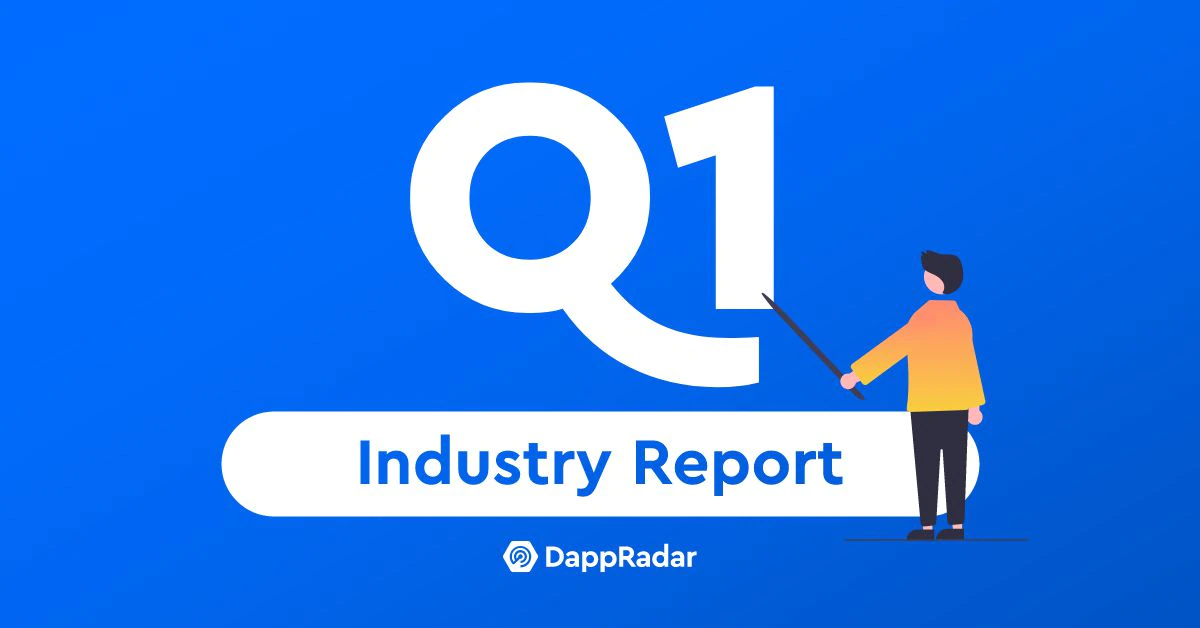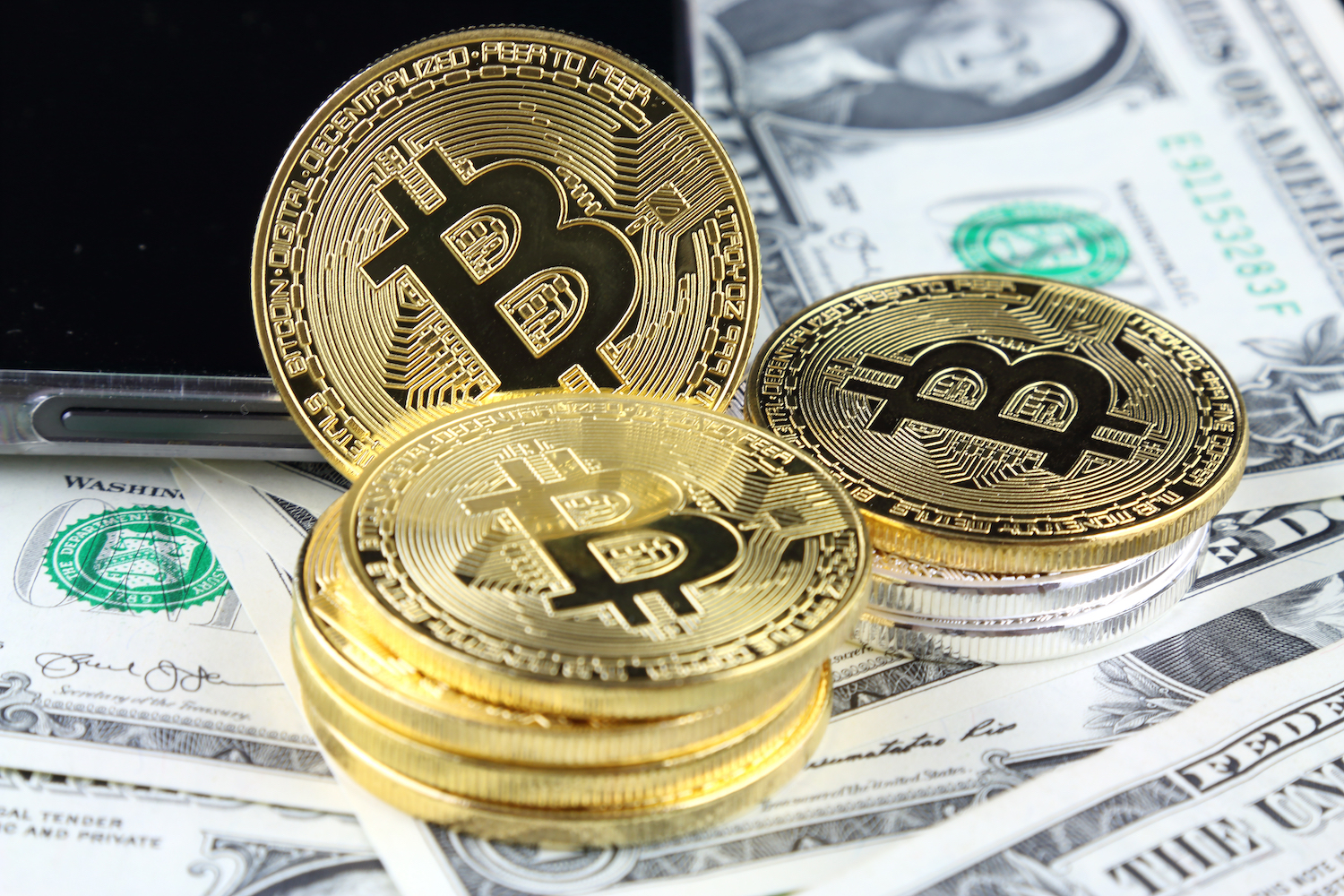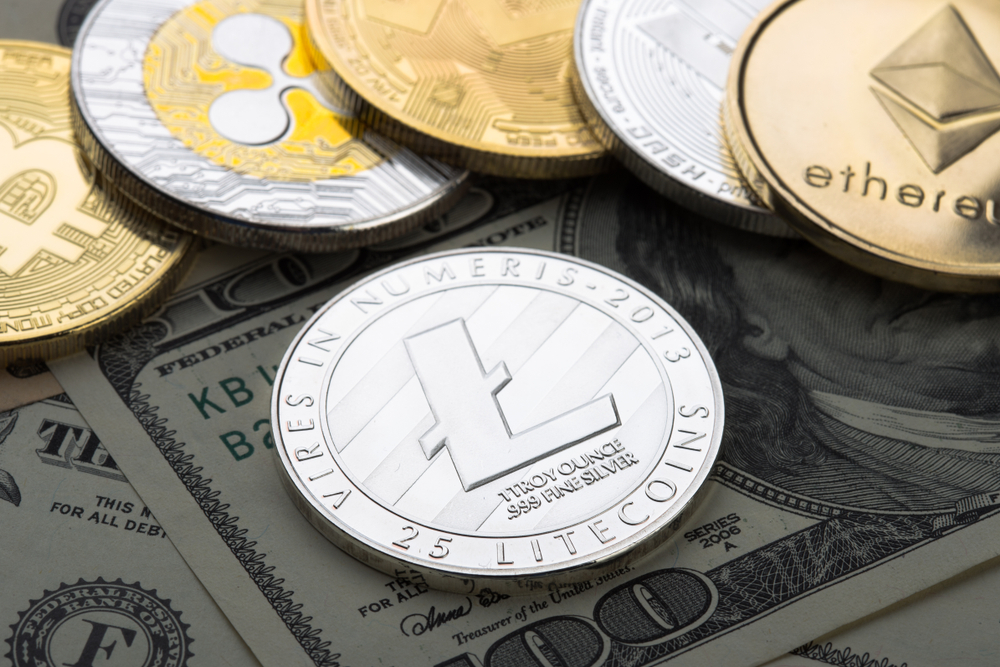LIVE: CoinDesk Covers Fed Chair Powell’s Jackson Hole Speech
LIVE: CoinDesk Covers Fed Chair Powell’s Jackson Hole Speech
Federal Reserve Chairman Jerome Powell explains the U.S. central bank’s economic approach, including how it will address its previous 2% inflation goal over the next decade.
CoinDesk’s First Mover Editor, Bradley Keoun, has already laid out the implications for the crypto space – you can read his article here.
Refresh this page periodically: We’ll be updating live through the event, and you can watch the livestream here.
BK (9:40): The dollar is choppy – hourly chart of euro exchange rate vs. dollar after Powell’s speech comes out:

ND (9:36): Powell says “public faith in large institutions around the world is under pressure,” and he hopes being transparent will help address that. We’ve definitely seen skepticism in institutions like the Fed in our space. That Powell is acknowledging this doubt is interesting.
He’s also said that he doesn’t expect today’s move to “dictate” particular outcomes, noting this is kind of a subjective effort.
BK (9:32): “People don’t generally think about inflation moving up as a good thing,” Powell says. Sort of the elephant-in-the-room question for most non-economics/finance geeks.
ND (9:29): Powell’s prepared remarks have ended, but he’s participating in a Q&A with University of Michigan Provost Susan M. Collins.
BK (9:28): Of course, as we’ve seen, the Fed changes its long-run policies pretty much whenever the circumstances require it to do so — with a new rationale for doing so.
And here, too, the central bank is giving itself an out: “Of course, if excessive inflationary pressures were to build or inflation expectations were to ratchet above levels consistent with our goal, we would not hesitate to act.”
BK: (9:26): Bitcoin’s price rises 1.8% during Powell’s speech.

BK (9:24): Fed will review longer-run goals and policies roughly every five years, according to the statement. Powell says new policy statement was “revised today with unanimous consent” from Fed officials, adds “a robust job market can be sustained without causing an outbreak of inflation.”
The implication for crypto is that the Fed will likely let inflation run hot for a few years, which could theoretically weaken the dollar and boost prices for bitcoin
ND (9:21): The Fed just confirmed it’s going to look for increasing inflation at times when needed. In an update to its statement of monetary policy strategy, the Fed says that if inflation falls below its 2% target consistently (as it has for most of the last decade), it will target inflation above 2%.
On price stability, the FOMC adjusted its strategy for achieving its longer-run inflation goal of 2 percent by noting that it ‘seeks to achieve inflation that averages 2 percent over time.’ To this end, the revised statement states that ‘following periods when inflation has been running persistently below 2 percent, appropriate monetary policy will likely aim to achieve inflation moderately above 2 percent for some time.’
BK (9:16): Powell notes that interest rates are close to the “lower effective bound” i.e. zero “even in good times” – while noting that productivity growth has declined in recent years – the ultimate driver of underlying economic growth.
ND (9:11): Powell is opening his remarks by explaining the history of the Fed’s current inflation targets and why the central bank has approached previous targets the way it has.
“Inflation targeting was also associated with increased communication and transparency, designed to clarify the central bank’s policy intentions,” he said. Bit of tea-leaf reading but it sounds like he’s expecting a change.
And of course, monetary policy has evolved, he noted.
BK (9:11): Nothing new from Powell so far. He’s just walking through the recent history of monetary policy.
BK (8:40): The Federal Reserve has pumped about $3 trillion into the financial system this year to help markets recover from the devastating economic toll of the coronavirus. So far, consumer prices have stayed muted, perhaps due to the deflationary impact of slowing demand for goods and services from households and businesses. Powell is expected to discuss whether to explicitly embrace a new policy of allowing inflation to run above the central bank’s 2% annual target. That way, above-target inflation would offset periods of time (such as most of the past decade) where price rises have undershot the target.
Such an explicit commitment would imply to traders that the Fed would stay unusually dovish on inflation for years to come — letting inflation run hot, which likely could push up prices dollar-denominated assets like stocks, gold and bitcoin, since the currency’s purchasing power would be weakening by definition.
Bloomberg News reported on Wednesday that the Fed might keep short-term interest rates close to zero for five years or more, under a policy that could be unveiled as soon as next month.
ND (8:40): Thirty minutes before Powell opens at the Jackson Hole Fed symposium, hosted by the Kansas City Fed, and the big question in and out of crypto will remain the economy. While Powell’s keynote remarks are likely to draw the most attention, it’ll be just as interesting to see what the panelists and guest speakers through the rest of the two-day symposium say.
Last year saw now-former Bank of England governor Mark Carney discuss the need for a financial system which moves away from the dollar. That’s significant in and of itself, but he coupled the suggestion with the idea that a synthetic hegemonic currency, created through a network of central bank digital currencies, could act as the dollar’s replacement (among other alternatives). Carney’s successor, Andrew Bailey, will take the virtual stage Friday.
Disclosure
The leader in blockchain news, CoinDesk is a media outlet that strives for the highest journalistic standards and abides by a strict set of editorial policies. CoinDesk is an independent operating subsidiary of Digital Currency Group, which invests in cryptocurrencies and blockchain startups.









